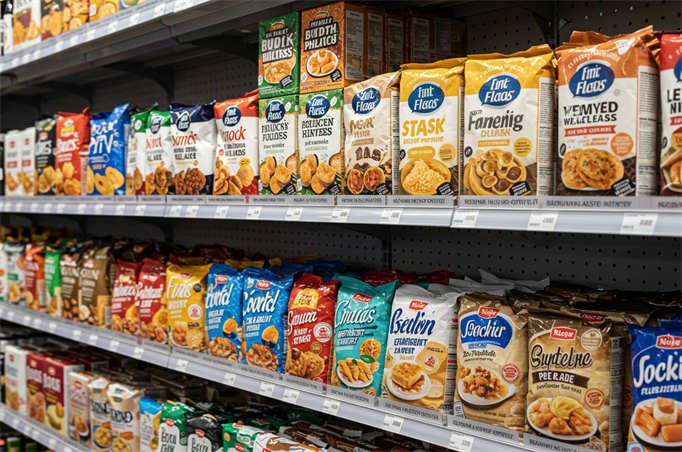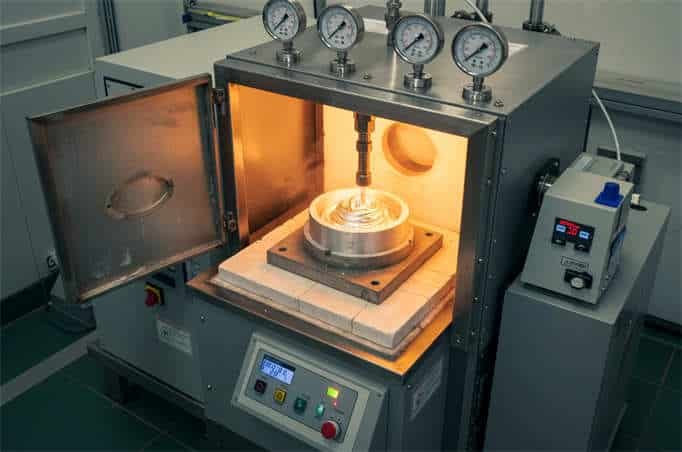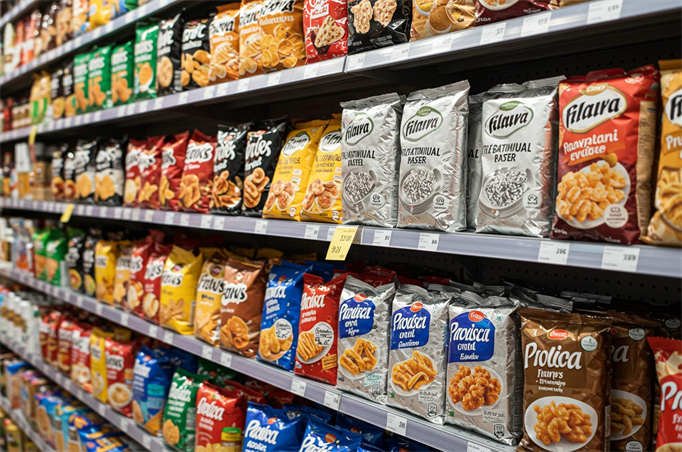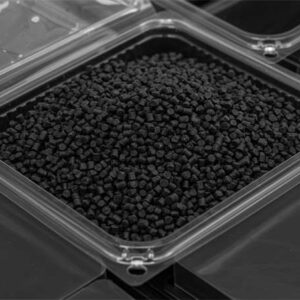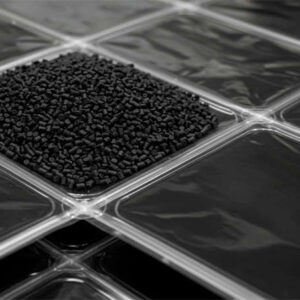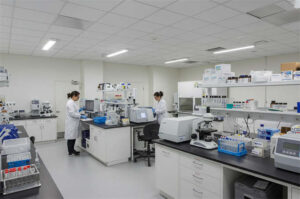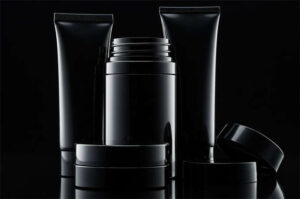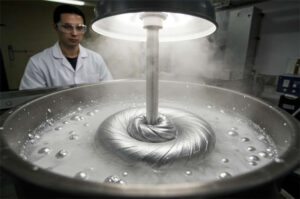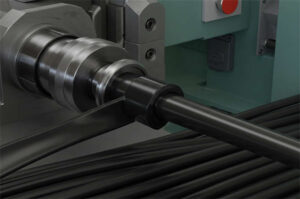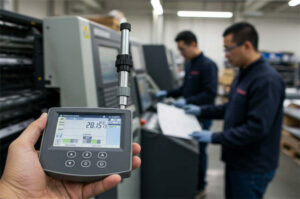The Premier Role of Aluminium Paste in Modern Food Packaging
In the dynamic world of food packaging, the materials used play a pivotal role in ensuring product appeal and safety. Aluminium paste, a key component in food packaging inks, has gained traction for its exceptional properties. At Fiver Star New Materials, we produce high-quality aluminium paste for food packaging. This blog post delves into the features, application forms, advantages, impact on food shelf-life, relevant environmental standards of aluminium paste in food packaging, and how to ensure no solvent residues after printing. We aim to provide comprehensive insights into the role and significance of aluminium paste in the food packaging industry. Whether you are a professional in food packaging or a consumer concerned about food safety and packaging quality, this information will be highly valuable to you. Join us as we explore the fascinating world of aluminium paste in food packaging.
At Новые материалы Fiver Star, we recognise the critical importance of every component in creating safe, effective, and appealing Упаковка для пищевых продуктов. Aluminium paste, a key ingredient in printing inks, significantly enhances packaging solutions. We proudly acknowledge innovative raw material producers like Fiver Star New Materials, who manufacture the high-quality aluminium paste that enables these advancements.
Here’s how aluminium paste elevates Упаковка для пищевых продуктов:
Key Characteristics of Aluminium Paste in Food Packaging Inks
Environmentally Friendly and Non-Toxic
Advanced aluminium pastes utilise special coating processes with lipid or ester-based solvents. Этот ensures they are benzene-free and ketone-free, with minimal solvent residue and low odour. These characteristics meet stringent environmental and Упаковка для пищевых продуктов testing standards, significantly reducing harmful substance emissions and guaranteeing food safety.
Superior High-Temperature Resistance
Aluminium paste demonstrates excellent resistance to cooking temperatures. Этот makes it suitable for demanding Упаковка для пищевых продуктов applications that undergo high-temperature processing, such as retort packaging for ready-to-eat meals, frozen food packaging, vacuum-sealed packaging, and heat-seal applications. The integrity of the packaging and the print quality remain stable even during high-temperature cooking.
Enhanced Printing Performance
This paste offers strong coverage and a striking metallic finish, which significantly improves the visual appeal of Упаковка для пищевых продуктов. Its excellent dispersibility makes products stand out on shelves, capturing consumer attention. Furthermore, its good transfer properties ensure uniformity and quality in the printing process, supporting high-speed production lines.
Excellent Water and Chemical Resistance
Resistance to water and chemicals is a crucial advantage in food packaging. For example, dairy companies utilising specific aluminium pastes (like the ZS-710 mentioned in industry reports) find that their packaging films retain up to 95% of their initial gloss even in refrigerated conditions, and the ink layer withstands 72-hour water immersion tests without detaching.
Typical Applications in Food Packaging
Plastic Film Packaging
Industries widely use aluminium paste for printing on various plastic films, such as polyester and polypropylene. Этот provides superior protection and visual effects for foods like snacks, frozen items, and prepared meals, enhancing the overall Упаковка для пищевых продуктов.
Paper-Based Packaging
Aluminium paste enhances paper-based food packaging, such as boxes and bags. It improves both the aesthetics and protective properties of paper packaging. It is often used in high-end food gift boxes and beverage packaging to highlight product quality.
Advantages of Using Aluminium Paste for Food Packaging
Elevating Packaging Appeal
The intense metallic effect and strong covering power of aluminium paste make Упаковка для пищевых продуктов more visually attractive. Этот, in turn, increases the product’s perceived value and market competitiveness, encouraging customer purchases.
Ensuring Food Safety
Quality aluminiodourless’s non-toxic, odourless, and environmentally friendly aluminiumes prevent harmful substances from contaminating food. Этот safeguards consumer health and aligns with today’s strict Упаковка для пищевых продуктов safety requirements.
Improving Packaging Performance
Benefits like heat, water, and solvent resistance ensure that Упаковка для пищевых продуктов maintains its integrity across various storage, transportation, and usage scenarios, helping extend the shelf life of food products.
Impact of Aluminium Paste Printing on Food Shelf-Life
Aluminium paste printing does influence food shelf-life, though it’s not the sole determining factor.
Positive Contributions to Shelf-Life:
- Enhanced Barrier Properties: Aluminium paste, composed mainly of aluminium powder and solvents, forms an effective barrier on Упаковка для пищевых продуктов after printing. This layer protects food from external factors like oxygen, water, and light, slowing oxidation, mould growth, and spoilage. For instance, prepared food packaging printed with aluminium paste can effectively inhibit microbial growth and extend shelf life.
- High-Temperature Performance: Its heat resistance means that during high-temperature sterilisation of Упаковка для пищевых продуктов, the paste does not degrade the packaging’s protective properties or release harmful substances. Этот ensures continuous protection and helps maintain food quality. Этот is common in canned and retort pouch foods.
- Antimicrobial Properties: The smooth surface of aluminium paste printing can reduce microbial adhesion. Aluminium also possesses some inherent antimicrobial properties, which can inhibit the growth of bacteria and mould, thereby contributing to a longer shelf life.
Limitations Regarding Shelf-Life Impact:
- Not the Primary Factor: Food’s shelf life primarily depends on its intrinsic characteristics, processing methods, and storage conditions. Aluminium paste printing is just one aspect of Упаковка для пищевых продуктов. While it contributes positively, it cannot alter the food’s inherent perishability or fundamentally determine its shelf life.
- Importance of Printing Quality: Poor aluminium paste printing, such as uneven ink layers or weak adhesion, can compromise the packaging’s protective performance. Этот would not effectively extend shelf life and might lead to premature spoilage.
Environmental Standards for Aluminium Paste in Food Packaging Inks
Several environmental standards govern the use of aluminium paste in inks for Упаковка для пищевых продуктов:
European Union (EU) Standards
- RoHS Directive: This directive restricts the use of certain hazardous substances (lead, mercury, cadmium, hexavalent chromium, PBBs, PBDEs) in electrical and electronic equipment, and its principles often extend to packaging materials.
- PAHs Directive: This strictly controls polycyclic aromatic hydrocarbons (PAHs) in Упаковка для пищевых продуктов materials. Raw materials and solvents used in aluminium paste production must comply with the requirements to ensure PAH migration does not exceed limits.
- EFSA Regulations: The European Food Safety Authority (EFSA) provides safety assessments and requirements for metallic pigments in food contact materials. Aluminium paste must comply with these regulations to ensure it does not contaminate food under normal usage conditions.
China’s National Standards
- GB 9685-2016: This standard specifies the usage guidelines for additives in food contact materials and products. Additives in aluminium paste must meet requirements regarding type, application scope, and maximum levels.
- GB 4806.10-2016: This standard details limits for hazardous substances in food contact coatings. As part of a coating, aluminium paste must meet limits for heavy metals, solvent residues, etc.
Other Key Environmental Requirements
- Benzene-Free and Ketone-Free: High-quality aluminium pastes avoid harmful solvents like benzene, toluene, xylene, and ketones to minimise environmental and health impacts. Pastes used in retort inks often use ester-based solvents to achieve this.
- Low Odour: After printing and curing, aluminium paste should have minimal odour to prevent tainting the food product and ensure worker safety.
- No Solvent Residue: Advanced production and coating technologies ensure no solvent residue remains after printing, meeting food quality standards. Water-based aluminium pastes inherently address this issue.
- Resistance to High-Temperature Cooking: Для Упаковка для пищевых продуктов requiring high-temperature sterilisation (e.g., >120°C), the aluminium paste must withstand these conditions without releasing harmful substances or compromising package integrity.
- FDA Compliance: While a US regulation, many global Упаковка для пищевых продуктов companies adhere to FDA requirements. The FDA strictly regulates food contact material safety, and aluminium paste components and performance must meet relevant FDA clauses for products intended for export or high-safety applications.
Ensuring No Solvent Residue After Printing with Aluminium Paste
Обеспечить no solvent residue from aluminium paste remains after printing on Упаковка для пищевых продуктов, we recommend a multi-faceted approach:
Quality Control of Raw Materials
- Select High-Quality, Eco-Friendly Materials: Opt for aluminium pastes, like those from reputable suppliers, that use special coating processes and safer solvents (e.g., ester-based or water-based) to be inherently benzene-free and ketone-free. Этот minimises the introduction of harmful solvents from the start.
- Conduct Rigorous Testing: Implement comprehensive testing for aluminium paste, covering physical properties (particle size, aluminium content, solvent type/composition) and safety indicators (heavy metals, VOCs, RoHS, REACH compliance) to ensure products meet environmental standards.
Enhancing Printing Processes
- Upgrade Equipment: Utilise high-precision drying systems, such as those with segmented ventilation. For large-area graphics, add extra ovens to boost overall drying efficiency. Implement online gas chromatography to monitor solvent residues in real-time, allowing for oven temperature and line speed adjustments to prevent “false drying.”
- Manage Processes Carefully: Optimise pre-press design to reduce colour mixing, overprinting, and deep engravings; choose spot colours where possible. Limit metallic/pearlescent inks to non-heat-seal areas to avoid excessively thick ink layers that hinder drying—separate printing and lamination processes to prevent cross-contamination of environmental solvents. After printing, allow film rolls to ventilate for 24-48 hours before lamination.
Perfecting Post-Treatment and Curing
- Implement Low-Temperature, Long-Duration Curing: To promote solvent evaporation, cure printed aluminium paste at lower temperatures (e.g., 40-50°C) for an extended period (48-72 hours).
- Address Difficult Substrates: Unroll the film for secondary low-temperature drying before lamination for substrates that don’t easily release solvents. If necessary, use absorption-condensation methods to treat exhaust gases.
Standardised Testing and Feedback
- Standardise Testing Procedures: Use methods like DMF (dimethylformamide) dilution for sample preparation and create dynamic standard curves to check residues on printed films. For final checks on composite bags, cut samples (e.g., 0.2m²) and use headspace extraction (e.g., at 80°C) combined with GC-FID (Gas Chromatography with Flame Ionisation Detector) to test for residues like benzene, aiming for detection limits ≤ 0.01mg/m².
- Implement a Data Traceability System: Establish a solvent residue database correlating with speed, temperature, humidity, and formulation data. Use this to optimise process models and continuously improve production.
Storage and Handling Guidelines for Aluminium Paste
- Storage Requirements: Store aluminium paste in sealed containers indoors, between 15-40°C. Please protect it from direct sunlight, rain, or excessively high temperatures. Avoid excessive shaking and vibration during transport. If stored for extended periods, check for any separation of aluminium and solvent components before use.
- Operating Procedures: Use the paste immediately after opening the container. Securely seal any remaining portion to prevent solvent evaporation. Avoid high-speed stirring, which can damage the surface coating of the aluminium flakes and their integrity, affecting performance and drying.
This detailed introduction to aluminium paste in food packaging has given you a clearer understanding of its multifaceted role. As a leading aluminium paste aluminiumurer for food packaging, Fiver Star New Materials is committed to providing high-performance, environmentally friendly, safe aluminium products. We constantly strive to innovate and optimise our production processes to meet the stringent requirements of the food packaging industry. If you are looking for reliable and excellent aluminium paste for food packaging, look no further than Fiver Star New Materials. We are confident that our products will enhance the quality and safety of your food packaging. Feel free to contact us for more information or to place an order. Let us work together to create a brighter future for food packaging!




